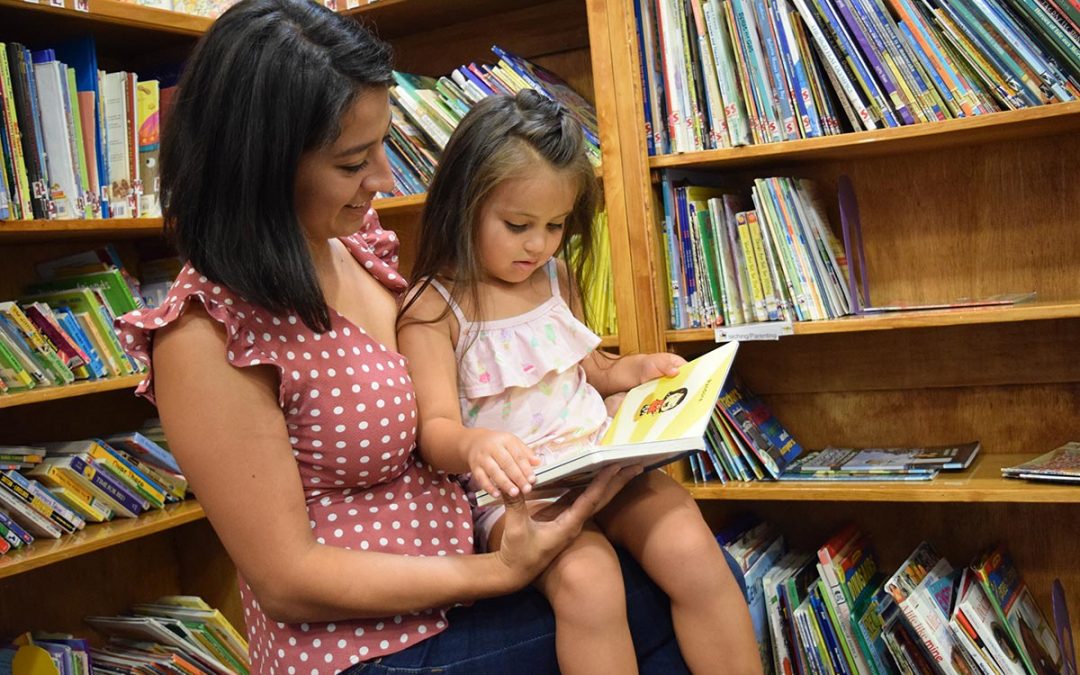Around age two, our children’s vocabulary rapidly explodes as they discover names for everything they experience. The development of language contributes to our children’s ability to process and understand the world around them. With an increased embracement of diversity in our schools, communities, and workplaces, the ability to communicate in multiple languages is growing in popularity and necessity. Many parents and educators have consider immersing their little ones in bilingual education- learning in two different languages. Exposing our children to multiple languages early on sets them on a path for greater creativity, cognitive development, and long-term academic success.
Benefits of Bilingual Education
The U.S. Department of Education has found significant benefits for engaging our earliest learners in multiple languages.
Cognitive Development
Perhaps the most immediate benefit of bilingual education, exposure to multiple languages increase our children’s cognitive processes. The connections they form from one language to the next tangibly transfer over to their ability to understand math concepts, complex tasks, and new information. Embracing the skill of translation in language development strengthens children’s thinking skills, while enhancing their ability to communicate and make decisions.
Social Emotional Development
Learning in multiple languages increases your child’s ability to communicate with others. Embracing a multilingual approach connects your child to different ethnic backgrounds and brings multiculturalism into their learning. This in turn strengthens a sense of community, as they can connect and understand others. Bilingual Education also develops creative expression and builds your child’s ability to empathize with others.
Long-term Academic Success
Children who are able to communicate in more than one language have been found to have greater academic success over time than their monolingual- speaking only one language- peers. With their increased cognitive skills comes a greater ability to focus and build meaningful relationships. When early bilingual education is embraced, the long-term benefits are multifaceted- from stronger academic performance, to greater job opportunities, to overall higher incomes.
Ways to Bring Bilingual Education to the Home
If you’re interested in enhancing your child’s learning through bilingual education, here are some ways to integrate multilingualism into the home this week:
Embrace Native Languages
Limiting the use of native languages in the home in order to better develop your child’s English skills is a dangerous misconception. If your family members speak more than one language, encourage the use of these languages in your home. Exposing your little ones to multiple languages in the home increases their ability to make connections from their native language to their second language.
Seek Dual Immersion Programs
Consider enrolling your child in your community school’s dual immersion programs or two-way immersion programs in the classroom. These classrooms intentionally integrate multilingualism into the daily curriculum. Combined with the use of multiple languages in the home, dual immersion programs are the easiest way to prioritize bilingual language development for your child.
Increase Bilingual Exposure
Expose your little one to multiple languages daily. Through music, movies, and books you can increase your child’s awareness of other languages. Listen to their favorite song in another language or watch an educational show that uses two languages throughout. Lastly, stock your child’s library with books in different languages or about different cultures.
For more information on how to bring bilingual education into your child’s learning experiences, be sure to check out Pretend City’s Play @ Home and Facebook Live videos. Here you’ll find multilingual activities and story times!

